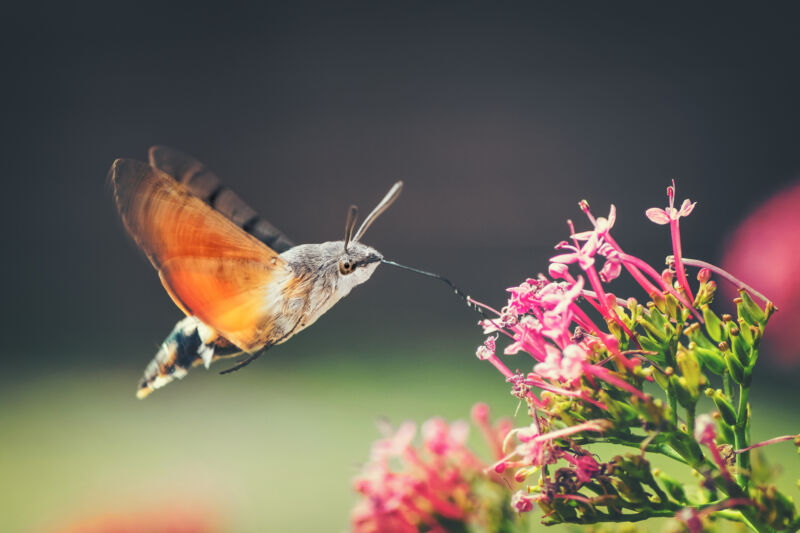Scientists combine evolution, physics, and robotics to decode insect flight

Enlarge / A hawk moth in flight. (credit: Gregory Dubus)
Different insects flap their wings in different manners. Understanding the variations between these modes of flight may help scientists design better and more efficient flying robots in the future. However, decoding insect flight is not as easy as it sounds.
Winged insects have been around for nearly 400 million years, and the evolution of flight in different insect species influences things like how insects flap their wings, what makes some insects highly maneuverable, and how their flight muscles work. A new study has used a mix of evolutionary analysis and robotic model wings to better understand how different flight modes operate.
Insects are the most skilled flyersThere are organisms other than insects that can fly. Scientists can also take inspiration from them, so what makes insect flight so special?